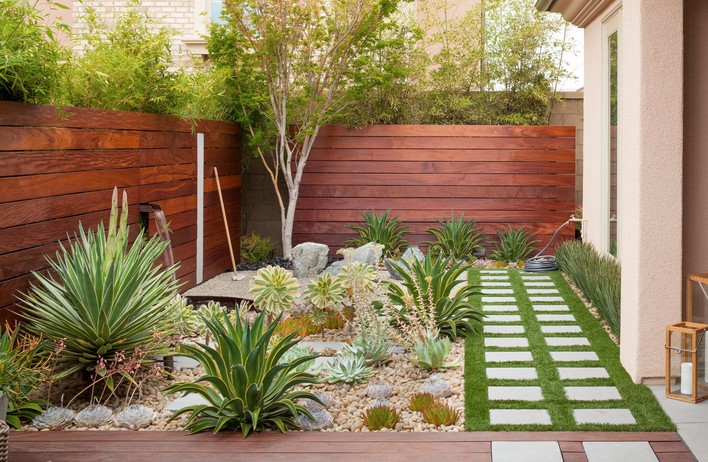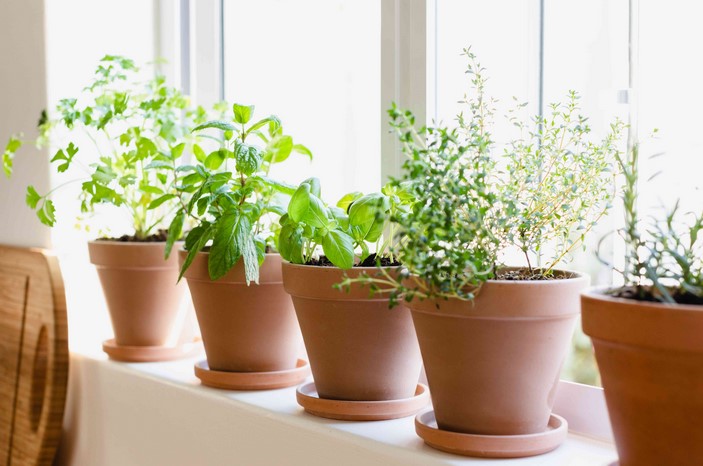
A garden is not just a collection of plants and flowers; it’s a sanctuary, a place where nature and design come together to create a harmonious outdoor space. One of the most charming and practical features you can add to your garden is a custom stone walkway. These elegant paths not only enhance the beauty of your landscape but also provide functional routes for navigating through your garden. Custom stone walkways are a popular choice among homeowners for their timeless appeal, durability, and ability to blend seamlessly with various garden styles. This article explores the benefits, design options, and installation tips for creating custom stone walkways that elevate the aesthetic and practicality of your outdoor space.
Why Choose Custom Stone Walkways?
1. Aesthetic Appeal
One of the primary reasons people choose custom stone walkways is their ability to add a unique, natural charm to any garden. Stone offers a timeless, organic look that suits a variety of garden styles, from traditional to modern, rustic to minimalist. With an almost endless variety of stone types, shapes, and sizes available, you can customize your walkway to reflect your personal taste and the overall theme of your garden.
Whether you opt for large, flat stones or smaller, irregularly shaped pebbles, the texture and color variations of stone create a visually interesting path. Stones like flagstone, slate, cobblestone, or river rocks can all be used to create walkways that blend with the environment. A custom stone walkway can add an artistic element to your garden, creating visual appeal that changes with the seasons, whether it’s the contrast of moss growing between the stones or the way sunlight casts shadows across the surface.
2. Durability and Longevity
Unlike wood or gravel paths, custom stone walkways are built to last. Stone is incredibly durable and can withstand the wear and tear of foot traffic, weather conditions, and the passage of time. It doesn’t rot, fade, or become uneven like some other materials, making it a great long-term investment for any garden. This durability means that your stone walkway will look beautiful for years to come with minimal maintenance.
Additionally, stone is resistant to environmental factors such as moisture, heat, and cold. It won’t crack or warp over time, ensuring that your walkway remains sturdy and safe, even during harsh weather. This level of resilience makes stone an ideal material for walkways that experience frequent use.
3. Enhanced Functionality
In addition to their aesthetic qualities, custom stone walkways serve a practical purpose by providing clear, defined paths through your garden. This is especially useful in larger gardens where wandering off the beaten path can result in trampled plants or muddy areas. A well-designed stone walkway helps guide visitors, keeping them on designated paths and preventing unnecessary damage to your landscape.
Stone paths are also incredibly versatile. Whether you want a winding path through a flower garden, a straight path leading to a backyard patio, or a meandering trail through your wooded yard, custom stone walkways can be adapted to suit your needs. Stones can be arranged in a way that accommodates the natural contours of the land, creating a seamless transition between different garden sections.
Types of Stones for Custom Walkways
1. Flagstone
Flagstone is one of the most popular choices for custom stone walkways due to its flat, large surfaces and natural colors, which range from reds and oranges to grays and blues. This type of stone is easy to work with and can be arranged to create both formal and informal paths. Flagstone’s irregular shapes can add texture and depth to your walkway, and the stones can be laid with small gaps between them to allow for moss or grass to grow between the cracks, enhancing the walkway’s natural look.
2. Cobblestones
Cobblestones are another excellent choice for custom stone walkways. These stones are small, rounded, and often come in different shades of gray, brown, and tan. While cobblestone paths evoke a classic, old-world charm, they are also incredibly durable and resilient. Cobblestone walkways can be used to create a more formal, structured look or a more rustic, European-inspired garden path. The tight fit between cobblestones helps ensure that the path remains stable and smooth, even under heavy foot traffic.
3. River Rock
River rock walkways are perfect for homeowners looking for a more natural, organic look in their gardens. These rounded stones, which come in a variety of sizes, colors, and textures, create a pathway that blends beautifully with the surrounding landscape. River rock walkways are especially effective in more rustic or woodland garden settings, where the natural beauty of the stone can enhance the surrounding environment.
River rock is also incredibly versatile—it can be used to create paths that are completely solid or those that are more open, with gaps between the stones to allow for plants or moss to grow in between. This can help add a sense of harmony and flow between the garden and the walkway.
4. Slate
For a sleek, contemporary look, slate is a top choice for custom stone walkways. Slate is a metamorphic rock known for its smooth texture, rich dark colors, and ability to be split into thin, flat layers. Slate walkways can be installed with precision to create clean, linear paths that look both elegant and modern. Slate’s dark tones can create a striking contrast against lighter greenery, while its smooth surface is both comfortable to walk on and easy to clean.
Design Considerations for Custom Stone Walkways
1. Path Layout and Shape
When designing your custom stone walkway, think about the natural flow of the space. Do you want a straight path leading directly from one area to another, or would you prefer a curved, meandering path that invites exploration? Straight paths are perfect for formal gardens, while curved or winding paths are better suited for informal or natural landscapes.
The width of the walkway should also be considered. For single-user paths, a width of about 2 to 3 feet is usually sufficient. However, for areas where foot traffic may be heavier or where two people might walk side by side, a wider path of 4 to 5 feet can provide more comfort and practicality.
2. Complementing Existing Features
Make sure your custom stone walkway complements the existing features of your garden. For instance, if you have a lot of blooming flowers, you may want to choose lighter-colored stones, such as beige flagstone, to enhance the vibrancy of the plants. Conversely, darker stones like slate or cobblestones can create a striking contrast in gardens with lush greenery or a more subdued color palette.
Additionally, consider the type of plants and flowers you have. The gaps between stones can be used to plant low-growing ground covers, moss, or creeping thyme, which will help tie the walkway into the surrounding landscape and add further texture to the design.
3. Lighting
Lighting is an essential aspect of any custom stone walkway design. Installing subtle, low-voltage lighting along the edges of the path can not only improve the safety and visibility of the walkway at night but also create a warm, inviting ambiance. Solar-powered pathway lights are an energy-efficient option that doesn’t require wiring and can easily be placed along your stone path.
Creating a custom stone walkway in your garden is an investment in both style and functionality. The timeless beauty, durability, and versatility of stone make it an ideal material for crafting a pathway that complements your outdoor space and enhances its overall appeal. Whether you choose flagstone, cobblestones, river rock, or slate, a well-designed stone walkway will elevate the elegance of your garden, guide visitors through the space, and stand the test of time. By considering factors like layout, material choice, and lighting, you can create a stunning, functional path that blends seamlessly with your garden and reflects your personal style. Transform your garden into a tranquil, sophisticated retreat with a custom stone walkway today!


